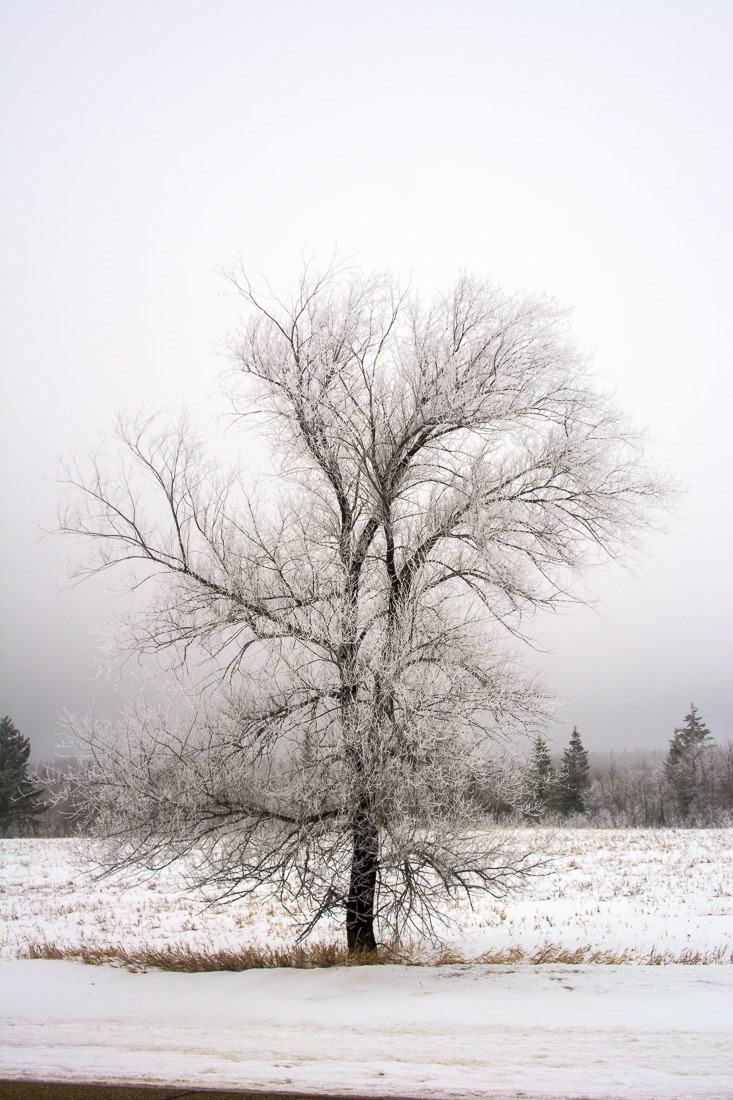It seems that when Adobe does create a decent update of Lightroom and ACR, the internet is humming with news about the improvement. This time, it’s no different. The new DeNoise feature in Lightroom and ACR are absolutely amazing. The last time I blogged about that was in…
Recently (again) a question popped up in my feed about the number of catalogues to be used in Lightroom. This is only about Lightroom Classic, as Lightroom (the cloud version) only uses one place (catalogue) online to store your stuff. Mixed in the argument was also the matter of being a “pro” or not.
 I usually don’t like to go into the Pro/Amateur discussion, but perhaps here it can prove a point.
I usually don’t like to go into the Pro/Amateur discussion, but perhaps here it can prove a point.

